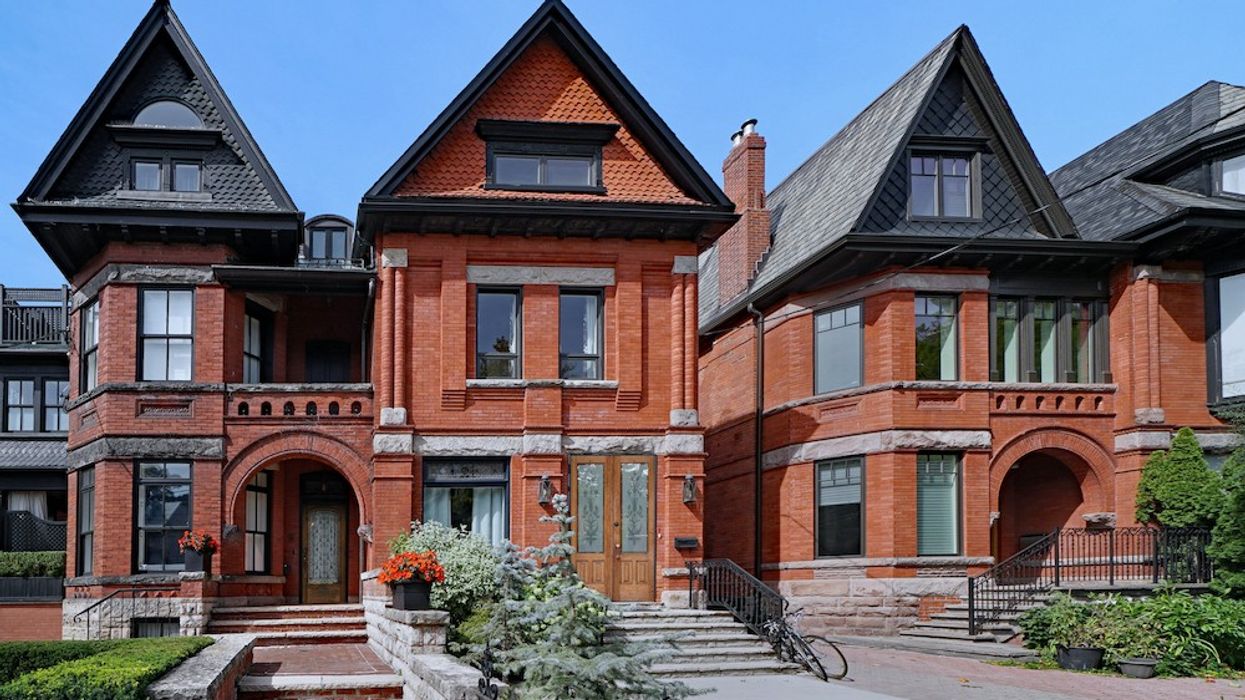If you're a homeowner in Ontario, you may have noticed that your home insurance bill has steadily risen over the past few years.
Not only has the average cost of home insurance in Canada grown at more than three times the rate of inflation over the past decade, but this has also resulted in premiums in Ontario rising by 64% over the same period, according to a new analysis from RATESDOTCA.
This rise comes during what is arguably the largest and most widespread real estate bubble in Canadian history, adding further fuel to the already red-hot fire.
The culprit? Climate change, which is causing extreme weather events to increase in both scale and frequency, and has lead to insurance giants warning that the trend could make home insurance unaffordable for some homeowners, according to the analysis.
READ: How the New Stress Test Rules Impact Housing Affordability Across Canada
According to the analysis, personal property damage claims have grown 42% across Canada since 2011, resulting in an exponential increase in insurance rates for homeowners.
The Insurance Bureau of Canada says personal property claims nationwide have more than tripled since 1996, rising 213% from $2.3-billion to nearly $7.2-billion as of 2019. According to the Bank of Canada, this comes as inflation has totalled less than 17% since 2011.
As a result, Alberta has seen the most dramatic growth in premiums, with average home insurance rates in the province rising 140% since 2011 from $741 to $1,779 as of early 2021. In Ontario, premiums have grown by 64% over the same period, from $782 in 2011 to $1,284 this year.
What this means is if you paid $100 per month for insurance in Alberta in 2011, it would cost you roughly $240 today. On the other hand, Ontarians who paid $100 ten years ago would be paying around $163 per month in 2021.
According to the analysis, flooding and wildfires have caused the most insurable damage. Flooding in southern Alberta in June 2013 totalled $1.8 billion, while a summer storm in the Greater Toronto Area caused $1.1 billion in damages. Wildfires in the Fort McMurray area in 2016 caused nearly $4 billion in insurable damages. As a result, home insurance premiums continue to rise to account for the "ballooning" claims.
"Climate change is already having [a] direct financial impact on individual Canadian homeowners,” said Jameson Berkow, managing editor of RATESDOTCA. “Everyone should be motivated to take action on climate change, but this data should add even more incentive by putting a clear dollar value on the costs of inaction.”
Homeowners can better protect themselves from the rising costs of climate change by checking their policy to ensure they are covered for any associated event that might occur. Additionally, overland flooding insurance has been available in Canada since 2013, and according to the Institute for Catastrophic Loss Reduction, every homeowner should consider adding it to their policy even if they don’t live in a floodplain.
Regardless of how often extreme weather occurs, homeowners can always better protect their homes, which could help keep their premiums lower in the future.





















